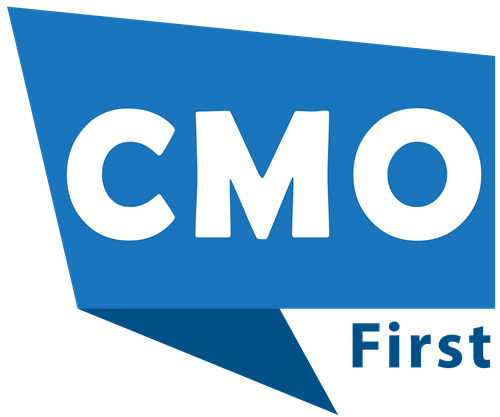Video is here to stay. The need for audio-video experiences is more significant now as consumers are overwhelmed with sales and marketing emails, making it more important to cut through the noise.
A solid video marketing plan can improve marketing results and drive better Return on Investment.
Given the rapid changes in consumer trends and content consumption patterns, businesses with a robust video marketing strategy can accomplish more while also making sure brands stand out from the crowd.
After watching a product or brand video, customers are most inclined to buy it. Videos can convey more information than a simple text message or mail and can be consumed while the target audience is on the go, promoting an element of convenience.
But there are still a number of mistakes that marketing teams make when it comes to optimizing a video marketing plan. Here are a few of them:
Also Read: CMOs Can Leverage a Hybrid In-Housing Model to Drive Brand Success
Better budgeting processes across marketing activities are required as marketing teams strive to become more performance-driven and less of a cost center in today’s environment.
It is crucial to assess and set aside the appropriate budget while also putting in place a process to determine the ROI of the overall video initiative over time. Only then will brands be able to produce, repurpose, and manage regular and high-quality video marketing campaigns and initiatives.
The budget that should be set aside annually for video production and marketing must be determined by marketing teams in concert with other marketing expenses and goals, such as new MarTech investments.
The overall objective can be negatively impacted, for example, by low-quality videos that do not render properly across a variety of devices and networks or those that were designed without the proper video fundamentals and cause a website to load slowly. Better budgeting practices can help identify the kind of tools and resources required to develop a comprehensive plan that is in line with other marketing objectives and outreach in this situation.
Also Read: Strategies for CMO to Ensure Post-Crisis Success
Lack of Technology and Process Optimization
Every aspect of day-to-day marketing requires constant upgradation and modernization when it comes to process and technology. Lack of modernization and improper use of the latest video technology can cause delays in the production process and overall output and impair the quality of media files in today’s multi-channel, digital-first business ecosystem.
The overall video marketing process and cycle must be optimized by learning more about the latest tools that can accelerate video operations. It is also essential to provide the proper training and knowledge to ensure marketing teams can create videos on par with industry trends and with less delay and also stay updated on the latest social video trends.
For instance, until a few years ago, it was common for marketers to outsource a sizable portion of their video creation or editing process. The tools available today make it far easier than ever to produce high-quality videos that effectively highlight a service, product, or new feature.
Failing to Personalize at Scale
Global B2B marketers have made personalization their primary focus, and it has already been repeatedly shown that better customization produces better outcomes. Future engagement statistics can be impacted by a video marketing approach that does not provide quick modifications or customization of the file when it is sent to prospects, for example. Marketers need to find new and innovative ways to repurpose video files to have a greater impact at this point while also better identifying the tools that can help them scale personalization initiatives.
When developing a strong video marketing strategy, several variables must be taken into consideration. Marketers need to understand how the video process may work best for their brand, from determining the type of video content that has to be developed to ensuring that the newly created video content is used optimally across numerous channels.

























Leave a Reply